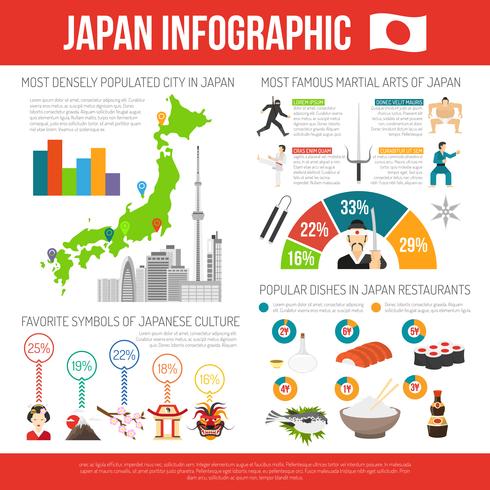The Chronicle And Development Of Martial Arts: An Assessment Of Its Historic Origins And Development Right Into Modern Techniques
The Chronicle And Development Of Martial Arts: An Assessment Of Its Historic Origins And Development Right Into Modern Techniques
Blog Article
Personnel Author-Vilhelmsen Clements
Step into the globe of martial arts, where ancient beginnings and contemporary strategies collide in an exhilarating trip of self-control and self-discovery.
As you look into the background and evolution of this fascinating art kind, prepare to be astounded by the social impacts, technological improvements, and extensive philosophy that have shaped it over centuries.
From the field of battles of old human beings to the training grounds these days, martial arts have stood the test of time, continuously adapting and growing.
Each strike, each motion, lugs with it the weight of numerous years of tradition and wisdom, passed down with generations. kick boxing for adults is a tale of resilience, of warriors that looked for not just physical expertise, however also inner strength and consistency.
Join us on this exceptional exploration as we discover the tricks, the legends, and the transformational power of martial arts.
Prepare yourself to be inspired, tested, and forever altered by the history and development of martial arts.
Social Influences on Martial Arts
As you check out the history and development of martial arts, you'll quickly uncover the remarkable ways in which cultural impacts have shaped these combat methods.
From the ancient civilizations of China and India to the much more recent developments in Japan and Brazil, martial arts have been greatly influenced by the societies in which they originated.
For instance, Chinese martial arts, such as Martial Art and Tai Chi, are deeply rooted in the philosophy of Taoism and the concept of Yin and Yang.
In contrast, Japanese martial arts, like Martial arts and Judo, reflect the samurai warrior customs and the worths of self-control and honor.
In a similar way, Brazilian fighting style, Capoeira, integrates components of African dance and music, showing the social heritage of African servants in Brazil.
https://www.mynbc5.com/article/saint-albans-martial-arts-gym-sending-local-kids-to-national-championships/44422255 offer each fighting style its one-of-a-kind features yet additionally supply a deeper understanding of the historical and social contexts in which they progressed.
Technological Developments and Martial Arts
With the surge of innovative weapons and cutting-edge training tools, you've had the ability to enhance your abilities and adapt to the ever-changing fight landscape.
Technical developments have revolutionized the way martial arts are practiced and instructed. Virtual reality simulations now allow you to train in reasonable combat circumstances without the threat of physical injury. High-speed cams catch every step, allowing you to assess and best your strategies. Wearable gadgets monitor your heart price, breathing, and muscle mass activation, giving instantaneous comments on your performance.
In addition, the development of customized devices, such as resistance bands and agility ladders, has allowed you to improve your speed, toughness, and agility. These technical innovations have not only made training a lot more effective but have actually additionally pressed the limits of what is feasible in martial arts, enabling you to reach brand-new heights in your practice.
The Approach and Concepts of Martial Arts
The philosophy and concepts of martial arts are deeply rooted in shaping your attitude and instilling technique, focus, and regard in your technique.
1. Frame of mind: Martial Arts shows you to create a solid and resilient attitude. It enables you to overcome challenges both on and off the mat, pressing your limits and persevering despite misfortune.
2. Technique: Martial Arts needs technique and self-discipline. Via regular training and adherence to rigorous regulations and methods, you discover to control your impulses and develop a strong job ethic.
3. Emphasis: Martial Arts requires extreme emphasis and concentration. By training your mind to be present in the moment, you boost your capability to respond quickly and efficiently throughout combat scenarios.
4. Respect: Martial Arts highlights regard for oneself, teachers, educating companions, and challengers. It instructs you to value the abilities and experiences of others, cultivating a sense of friendship and gamesmanship.
Final thought
Congratulations on finishing your trip through the exciting world of martial arts! Throughout this expedition, you have actually observed the abundant history and exceptional development of these fight methods.
From their ancient origins to the modern methods we see today, martial arts have been formed by cultural influences.
The combination of innovation has also played a considerable function in transforming the way martial arts are shown and practiced in today day.
Nevertheless, it is very important to bear in mind that martial arts are more than just physical combat. They include profound viewpoints and directing concepts that exceed the mere act of combating.
Take a minute to review this obsolete journey and value just how the tradition of martial arts continues to thrive in the here and now, going beyond time and borders.
